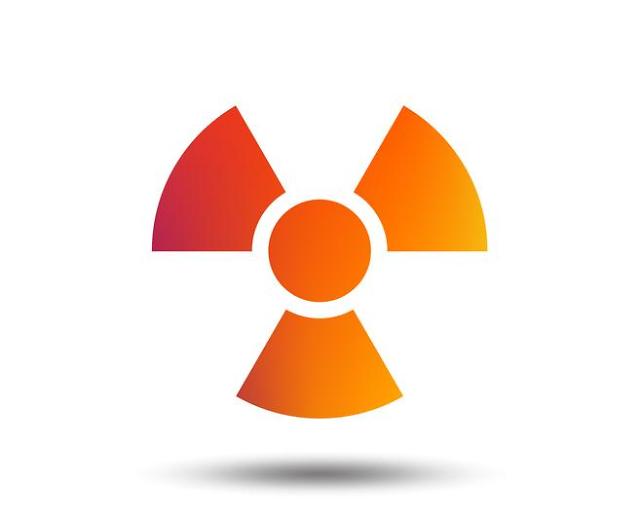
[Gettyimages Bank]
North Korea has a uranium mine and a refining plant in Pyongsan County in North Hwanghae province, the South's unification ministry told reporters Wednesday, adding that seawater near the inter-Korean maritime border was collected on August 23 for analysis which takes about two weeks. The plant is located near Ryesong River which empties into the West Sea (Yellow Sea).
"I don't think it's an issue to ask North Korea for confirmation yet," ministry spokesman Lee Sang-min told reporters. At uranium mines and refining plants, experts say it's hard to find a high level of radioactivity or any radioactive contaminants that could affect human bodies, he said.
Lee's comment came after 38 North, the website of a U.S. think tank, warned of a recurring leakage from the waste tailings pipeline at the North's largest known operating uranium mine and concentration plant in Pyongsan.
"Perhaps even more important than the environmental impact, operation of the facility is another indication that Pyongyang is continuing and prioritizing its program to produce highly enriched uranium for nuclear weapons," 38 North said, suggesting that North Korea has maintained and operated the facility "without hiatus" up through late May 2018 to support its nuclear program.
Satellite imagery from March 23, 2019, showed that plant operations have continued over the past year as indicated by the additional accumulation of waste within the waste tailings pond adjacent to the river, 38 North said. Transporting liquid waste tailings via pipeline over the river tributary was not safe environmental practices as potential health hazards from waste tailings leakage are well known, it said.
"The primary reason that uranium ore processing waste tailings are impounded behind dams and dikes is because they are heavily laden with heavy metals and acids, and hence, highly toxic. There are also radiation health hazards," according to 38 North.
There is no evidence of any waste tailing pond dam failure, but the spillage at both ends of the pipeline that transports the waste to the tailings pond over the river is clearly evident, the website said,
A concrete reservoir retention dam downstream of the tailings pipeline could potentially serve as a partial containment trap mechanism for heavy metals from tailings spillage, while a blue-roofed structure was constructed between October 2016 and May 2017 along the pipeline near the pond, 38 North said, suggesting the purpose of such facilities might be to neutralize the acids common to uranium waste tailings through the use of lime.
"Regardless of whether these structural features represent pollution mitigation efforts or not, the fact is that there continues to be observable evidence of recurring spillage of waste tailings from the waste pipeline."
North Korea has allowed that spillage to continue without any obvious repairs or replacement of the waste pipeline, 38 North said. "We must, therefore, conclude that the amount of waste being inadvertently spilled is within what the North Koreans deem 'tolerable limits' when compared to the enormous volumes of waste going into the waste pond, indicative of continuous plant operations."
38 North warned that if the dam holding back the waste pond were ever to fail, there would be "an environmental disaster of catastrophic proportions, in comparison to the leakage amounts observed so far."
Copyright ⓒ Aju Press All rights reserved.



